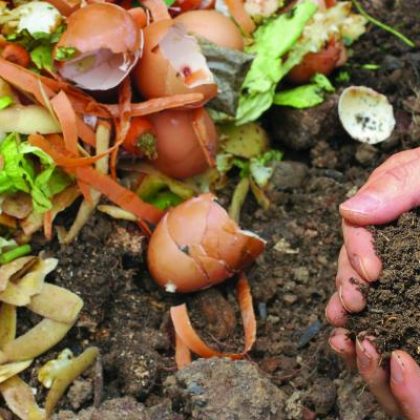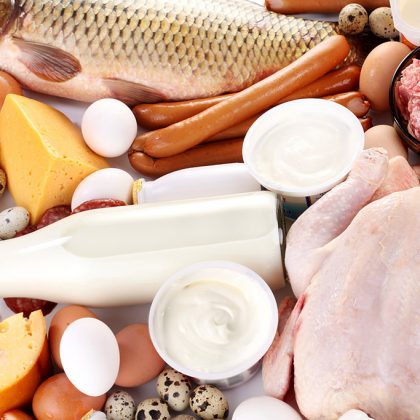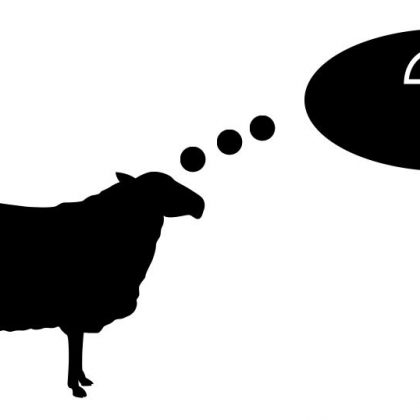What Do Amino Acids Have to Do with Pig Immunity? More Than You Think
While it's well known that pigs need amino acids to grow, what’s less understood—but just as important—is how these nutrients influence the fate of immune cells: whether they become fighters, peacekeepers, or memory cells for future protection.









































































